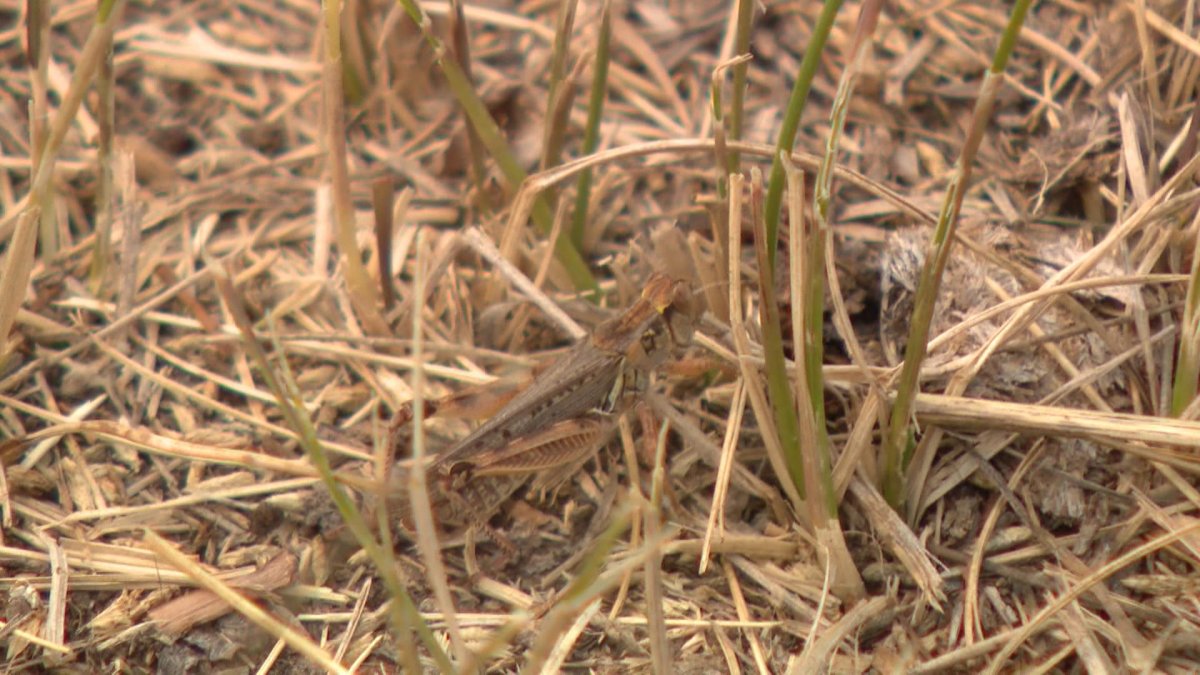Canada’s prairie provinces could be facing a wave of grasshoppers during this year’s farming season.

James Tansey, an entomologist in Saskatchewan said they were using survey results from Western Canada about grasshopper populations to help predict what those populations will look like this year.

He said this encompassed Saskatchewan, Alberta and Manitoba.
“We had some heavy pressures, as did Alberta and portions of Manitoba as well,” Tansey said.
He said southern and central Saskatchewan saw these heavy pressures, adding that this gave a lot of opportunity for grasshoppers to mate and lay eggs over the winter.
Tansey said grasshoppers can be very damaging to a wide range of crops.
He said there were 85 species of grasshopper in Saskatchewan, saying the primary pest is the two-striped grasshopper.
“This one demonstrates preferences for broad leaf plants, typically lusher habitats and secondarily cereals.”
He said a close second was the migratory grasshopper, which he described as having a very broad host range.
“Probably third in that list is the clear-winged grasshopper, and these were prevalent in some regions in Alberta and in Manitoba.”

He described clear-winged grasshoppers as being potentially devastating for cereal crops.
Tansey also spoke on the Packard’s grasshopper, which he said was historically the number two pest in the prairie provinces, but has significantly reduced in prevalence.
He said grasshopper eggs are in the soil about an inch down.
Tansey predicts that due to the winter conditions we’ve been seeing so far we could be facing a large grasshopper population this year.
“I think they’re going to be pretty resilient.”
Many Saskatchewan producers faced drought conditions during the 2023 farming season, with some rural municipalities declaring an agricultural disaster.
Some cattle producers said the combination of the heat, the lack of rain and the increase in grasshoppers made it more and more difficult to feed their cows.




Comments